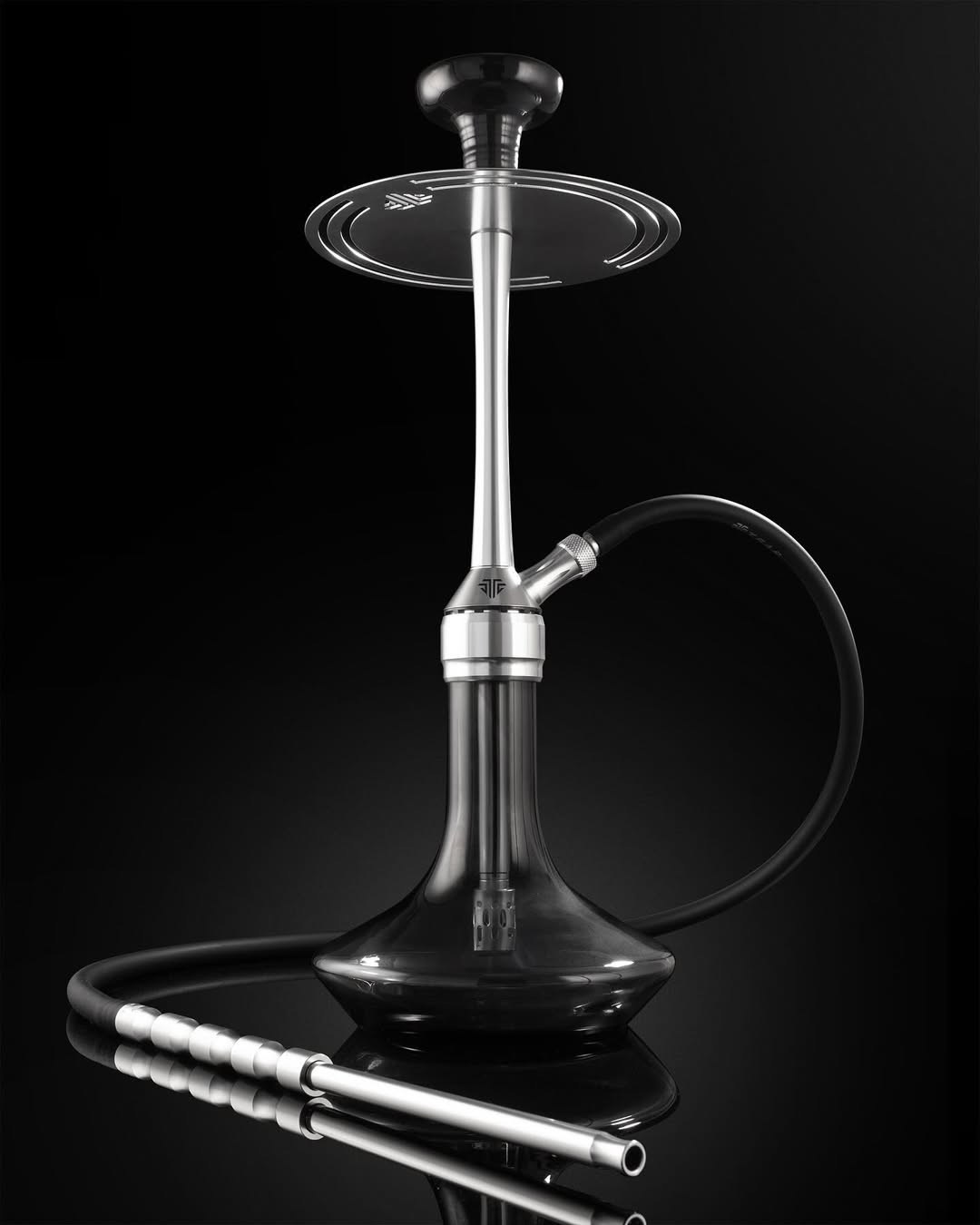Surge protection performance enhances safety during storm related electrical surges
Electrical storms can pose serious risks to both homes and businesses. Sudden surges of electricity, often caused by lightning strikes or fluctuations in power lines, can damage sensitive equipment, appliances, and even compromise overall safety. Effective surge protection acts as a critical safeguard, absorbing excess voltage and preventing it from reaching connected devices. By installing high-performance surge protection systems, property owners can ensure that their electrical infrastructure remains secure during storms. This not only preserves valuable electronics but also reduces the risk of fire hazards and costly repairs, making surge protection an essential part of any safety plan.
How Surge Protection Works
Surge protection devices SPDs are designed to detect sudden spikes in electrical voltage and divert the excess energy away from connected equipment. These surge protection vs grounded protection devices provide a buffer against power fluctuations, maintaining stable electricity flow and preventing damage.
Key points of surge protection performance include:
- Immediate response: SPDs react within nanoseconds to voltage spikes, ensuring devices are shielded before damage occurs.
- Voltage absorption: They absorb or redirect excess energy to prevent overloads.
- Device longevity: Continuous protection helps extend the lifespan of electronics and appliances.
Benefits during Storms
Storms are a major cause of electrical surges. Lightning strikes, heavy winds, and grid fluctuations can create sudden voltage spikes. A reliable surge protection system:
- Prevents equipment failure: Protects computers, home appliances, and industrial machinery.
- Reduces repair costs: Minimizes the need for frequent replacements or maintenance.
- Enhances safety: Prevents overheating and reduces fire risks linked to electrical surges.
Choosing the Right Surge Protection
Selecting the right surge protection system involves understanding your electrical needs and potential exposure to storms. Key considerations include:
- Capacity rating: Ensure the device can handle the maximum expected surge.
- Location: Install protection at main electrical panels and critical outlets.
- Maintenance: Regular inspection ensures the device functions optimally over time.
Additional Tips for Maximum Safety
- Unplug during severe storms: While type 2 surge protection device reduces risk, unplugging sensitive devices provides extra safety.
- Use multiple layers: Combine whole-building protection with individual outlet or power strip protection for high-value equipment.
- Monitor performance: Some SPDs have indicators showing if the device has absorbed a surge and needs replacement.
Conclusion
Storm-related electrical surges can cause extensive damage if left unchecked. High-performance surge protection provides an essential defense, safeguarding electronics, reducing repair costs, and enhancing overall safety. By understanding how surge protection works, choosing the right devices, and maintaining them properly, property owners can ensure a reliable shield against unexpected voltage spikes. Effective surge protection is not just about preserving equipment it is a proactive step toward creating a safer, more secure environment during electrical storms.







